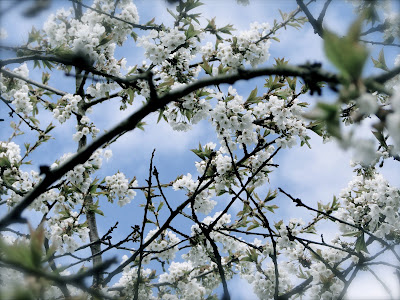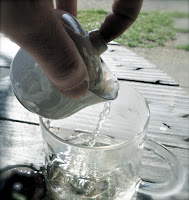STAMPS
The colours of the flowers of last
summer are gone. What remains are seedpods, which can very well be used as
stamps to decorate clay object. This I have done with my yunomi’s. A yunomi is
a teacup made for daily or informal Japanese tea drinking. In contrast to a
chawan, a teabowl which is used during the Japanese tea ceremony, a yunomi is
taller than wide.
A potter once said: ‘Yunomi can be used
by anyone, regardless of age, and it is also the last item removed from the
dining table. It is there at our sides for many hours during the day and brings
us comfort’ (Robert Yellin)
I prepared kukicha, a very balanced and
tender Japanese green tea, made of twigs, stems and stalks of the tea plant.
Because of the naturally low caffeine content, you can drink it at any time of
the day.
My hands print the lost beauty of
flowers to remember. The tea keeps it warm in my memory.
Photo’s, yunomi and presentation vessel
(stoneware): Iris Weichler






